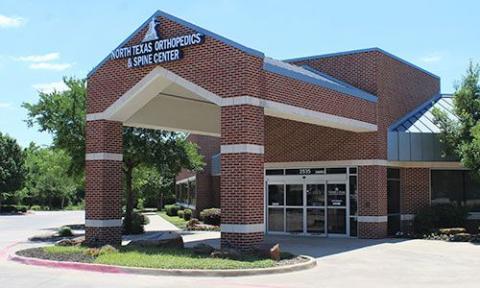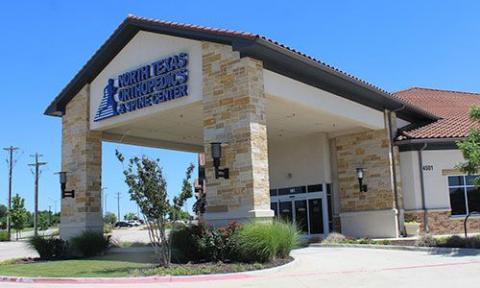Rotator cuff tear arthropathy is a complex shoulder condition that occurs when a massive rotator cuff tear leads to arthritis in the shoulder joint. This condition can cause significant pain, loss of mobility, and difficulty performing everyday tasks. In this blog post, we will explore the causes, symptoms, diagnosis, and treatment options for rotator cuff tear arthropathy.

Rotator cuff tear arthropathy is a condition that develops when a long-standing or severe tear in the rotator cuff disrupts the normal mechanics of the shoulder joint. The rotator cuff is a group of muscles and tendons that stabilize the shoulder and allow for a wide range of motion. When these structures are damaged, the joint becomes unstable, leading to cartilage loss, bone degeneration, and arthritis.
Several factors can contribute to the development of rotator cuff tear arthropathy, including:
Common symptoms include:
To diagnose this condition, a healthcare provider may:
Treatment depends on the severity of the condition and the patient’s overall health. Options include:
For severe cases, surgical intervention may be necessary, including:
Recovery from rotator cuff tear arthropathy depends on the chosen treatment method:
Managing this condition requires a combination of medical treatment and lifestyle adjustments. Tips for managing symptoms include:
Rotator cuff tear arthropathy can significantly impact daily life, but effective treatments are available to relieve pain and improve shoulder function. If you are experiencing symptoms of this condition, consult an orthopedic specialist to explore your options and develop a personalized treatment plan.
For more information about shoulder conditions and treatments, visit our blog or schedule an appointment with one of our experts today.
See why our patients love our physicians, quality of care, and amazing results.
*Based on Independent Market Research


© 2024, North Texas Orthopedics & Spine CENTER. All rights reserved.